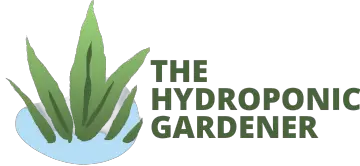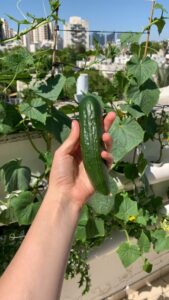A hydroponic lettuce tower is likely the best solution for growing fresh greens in small spaces. Hydroponic towers are becoming increasingly popular amongst urban gardening enthusiasts who want to create their independent, healthy food source within their outdoor space without needing large amounts of soil or acres of land.
This blog post will provide an overview of why hydroponic towers are great solutions for growing particular kinds of vegetables in a smaller area, what supplies you need to get started, directions on assembling your tower garden home system, and tips on how to maintain it successfully over time. Whether new or experienced in gardening and vegetable planting, this post provides all the information required so you can easily design your custom garden!
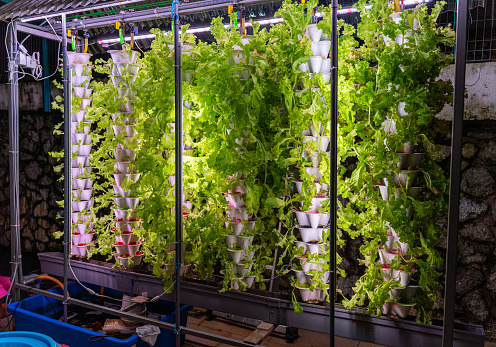
Image credit:pixabay.com
How To Plant Hydroponic Lettuce
Hydroponic lettuce towers are an increasingly popular way of growing healthy, tasty greens at home. A hydroponic growing system relies on a nutrient solution and no soil — meaning that you get bigger yields with less space and effort. Plus, you can grow it year-round in any climate! Here’s how to plant your hydroponic lettuce tower:
Before You Begin
Before you start building your tower, consider the planter’s size. Taller towers require sturdier supports, whereas shorter towers are generally more stable. Also, ensure that wherever you place your tower, there is plenty of natural light for the plants to thrive and adequate drainage for excess water and nutrients.
Germinating Your Seeds
Once you have chosen where to place your tower, it’s time to germinate your lettuce seeds! For successful germination, use a lightweight growing medium such as Rockwool, lightweight clay aggregate, perlite, or even better yet, coco coir!
Please ensure the medium is moist but not soggy before sprinkling up to three seeds in each plug and cover them with about a quarter-inch of the medium. Place these trays in a warm area with plenty of natural light for them to sprout within 7 days.
Transplanting Your Seedlings
When transplanting seedlings from plug trays into the hydroponic system, be gentle. Loosen the roots with your fingers and carefully place each seedling into its pot, tucking the plant roots through. Then fill up each pot with a more lightweight growing medium (if necessary). This also supports taller lettuce plants like romaine which tend to lean!
Ensure good airflow is around each plant, so they don’t get too crowded and develop fungal diseases. Finally, connect the pots via net cups or neoprene inserts and add the nutrient solution according to instructions provided by your manufacturer – usually found on the back label of bottles or packets associated with hydroponics systems. Once everything is all up, it’,s time to just until harvest!
Harvesting Your Hydroponic Lettuce
Harvesting times vary depending on the type of lettuce grown but generally range between two weeks for baby greens like butterhead or mesclun mix and 30 days for mature heads such as romaine or iceberg lettuce varieties.
Harvest time also depends on factors such as temperature and lighting conditions, so keep an eye out for signs like yellowing leaves indicating ripeness! To avoid damaging other plants still developing on your tower during harvesting, cut off individual heads using sharp scissors rather than pulling away at whole heads from stalk roots when possible.
Hydroponic Lettuce Tower Care: The Best Way To Grow Your Own
Growing lettuce in a vertical hydroponic tower provides an incredibly efficient and convenient way to grow your fresh vegetables year-round, no matter what the weather outside is like.
Although it might seem intimidating initially, taking the time to learn proper hydroponic lettuce tower care can help ensure you get the best results from your tower garden flex. Here’s what you need to know about caring for a hydroponic lettuce tower.
Light Requirements
Regarding light requirements for growing lettuce in a hydroponic grow tower, it’s important to provide your plants with between 10 and 14 hours of moderate to low light each day. Too little light may slow growth, while too much light can cause leaves to become bitter.
Additionally, darker red-leaf varieties won’t maintain as much color under low light conditions, so it might be worth investing in supplemental lighting if your plants aren’t as vibrant as they should be.
Water Requirements
Checking the nutrient solution regularly for signs of evaporation is essential when caring for a hydroponic lettuce tower garden, and supplementing accordingly will help ensure your plants get all the nutrients they need for optimal growth.
Generally speaking, you’ll need to replace the entire nutrient solution every two to three weeks. When harvesting time comes around, you can use any used solution left in the tank as fertilizer for other potted plants or even regular garden beds outside!
Temperature And Humidity
Regarding temperature and humidity levels in your hydroponic lettuce tower garden, it’s better to keep temperatures cool – ideally no higher than 75 degrees Fahrenheit – and humidity levels relatively low (around 40-50%). You may want to invest in a humidity monitor or thermometer if you don’t have one available.
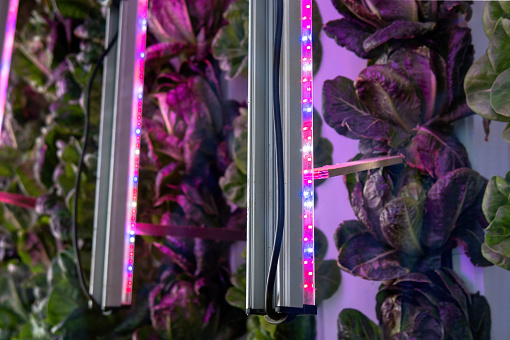
Image credit:pixabay.com
Growing Mediums And Nutrients
Hydroponic lettuce towers offer an easy, efficient way to grow a large amount with the minimum entry-level knowledge needed. It’s mitigant to understand the types of growing mediums and nutrients required for optimal growth in this hydroponic system.
Several options are available regarding growing mediums, including expanded clay pebbles, styrofoam, and cedar shavings. Each medium offers different characteristics, such as airflow, moisture retention, nutrient absorption, and root development. Nutrients are also necessary for successful growth and should contain trace elements such as magnesium, iron, and zinc.
These should be found in a water-soluble fertilizer as it is effective for lettuce towers where used correctly. Taking time NOW to find a quality growing medium and nutrient assortment will ensure your hydroponically grown lettuce is healthy and nourishing!
Hydroponic Lettuce Tower Varieties
The recent innovation of hydroponic lettuce towers has revolutionized how we grow our leafy greens! Not only can these towers save valuable space in your garden, but they also come in various types and styles to suit anyone’s needs. Anyone looking for an easy-to-use system, consider a freestanding hydroponic lettuce tower.
You can have delicious, fresh lettuce year-round by integrating an easy automatic watering system. Other options include self-contained hydroponic systems using rainwater barrels or solar panels to power their water pumps. All towers are designed to maximize the yield while giving small or urban gardens plenty of possibilities to enjoy succulent greens without sacrificing space. With such wide varieties available, it’s easy to find it’s a perfect fit for any garden!
FAQs
Yes! Hydroponic towers offer an efficient, space-saving way to grow leafy greens indoors or outdoors. They are great for small gardens, require little maintenance, and fresh produce larger yields than traditional garden beds.
Yes, many hydroponic growers successfully use hydroponic systems in colder climates. With the right setup and maintenance, a hydroponic system can grow lettuces, herbs, and other leafy greens even when temperatures drop. It is important to consider your climate’s temperature variations when setting up your tower garden to ensure it will thrive during winter.
The time it takes lettuce to grow can vary depending on the variety, growing conditions, and other factors. On average, most lettuces take 3-5 weeks to reach maturity in a Tower Garden. However, you may be able to harvest small leaves as early as three weeks after planting.
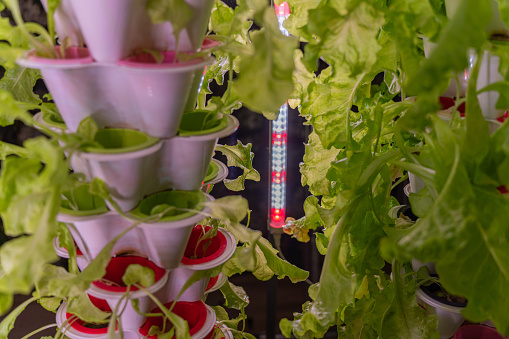
Image credit:pixabay.com
Conclusion
After reading this blog post, you should better understand what a hydroponic lettuce tower is and how it works. You should also know the benefits of growing lettuce in a hydroponic system and some of the challenges you might face. If you are thinking about starting your hydroponic farm, we hope this article has given you the information and confidence you need to get started. Thanks for reading!
